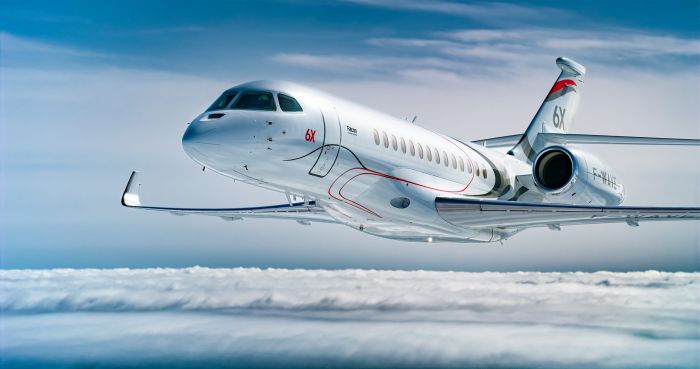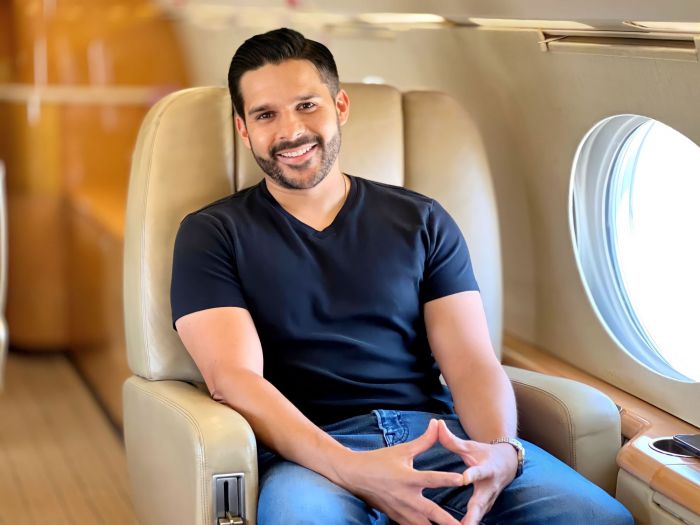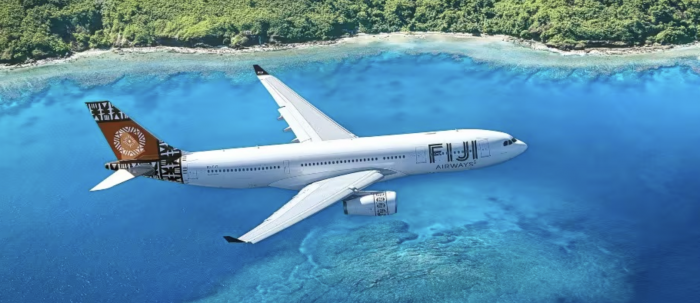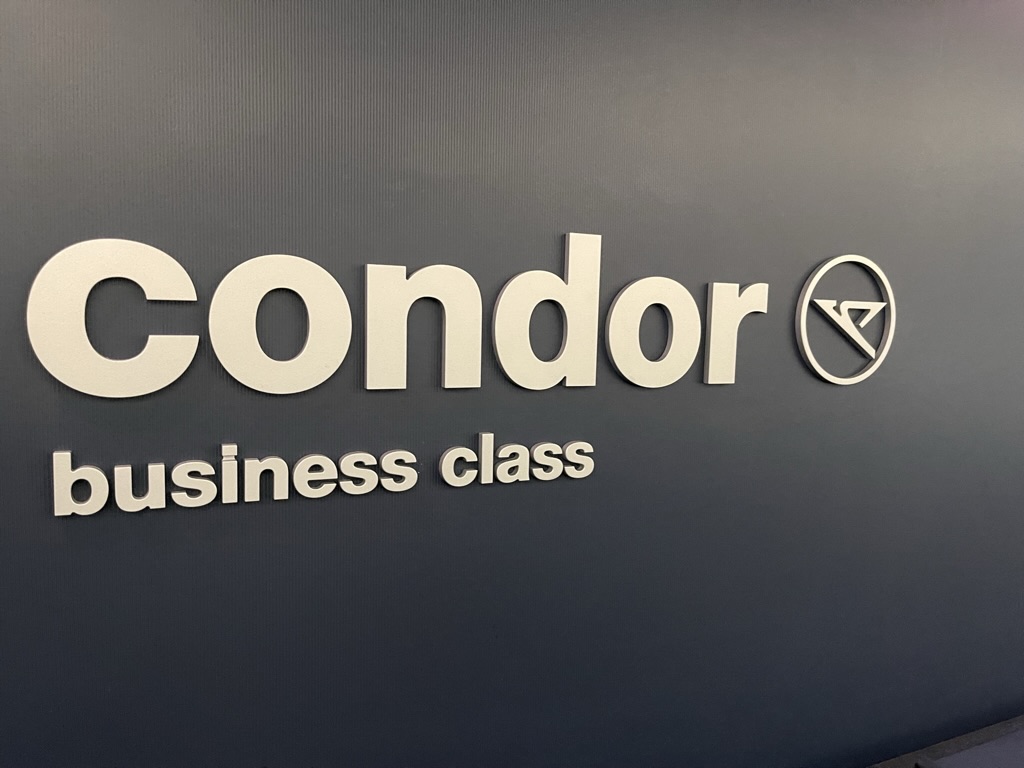
Private jet cards are often compared to debit cards, in that a person pays money into an account, then as they fly, money is deducted out of the account. It is the same way as when a customer goes to the grocery store and picks up food. But the comparison ends here, because there is much more to choosing a private jet than choosing fruit or a loaf of sourdough bread. With private jets, big money at stake. The cost of jet cards is typically between $100,000 and $500,000, a little more expensive than a bag of groceries.
The information necessary in determining such a private jet choice is exhibited on a new consumer-friendly website, comparing over 100 jet card programs across 65 variables.
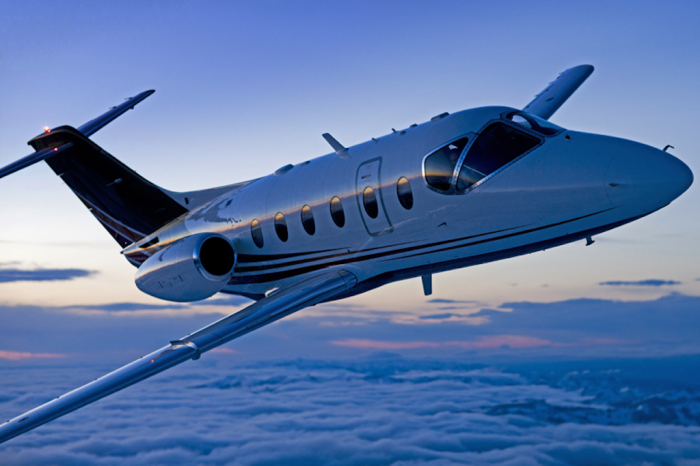
Private Jet Card Comparisons is a new website, launched in late April. It is the idea of Doug Gollan, a media executive and journalist, who created the site after he couldn’t find any independent and comprehensive sources that enabled easy comparisons for those who wish to use private jets as their preferred model of travel.
The site makes it easier for consumers to find the program and the brand that best fits their needs, saving users hours in research and tens of thousands of dollars, if they make the wrong choice, which, Mr. Gollan says, is easy to do.
Before the launch of Private Jet Card Comparisons, a person would receive a recommendation from a friend, but the friend’s flying needs might be different from the person asking for the recommendation. And, finally making a decision takes time.
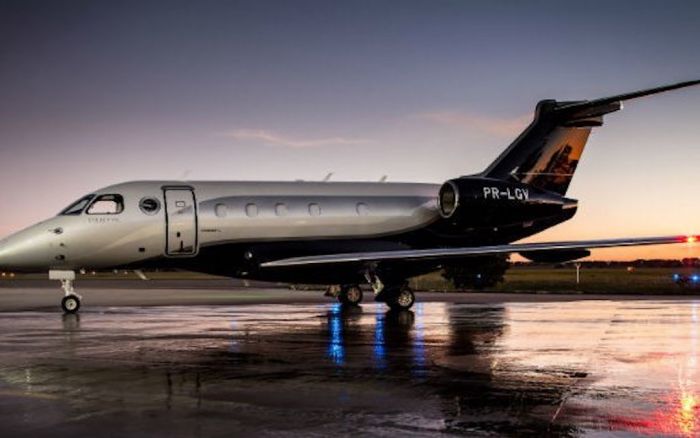
Mr. Gollan, in a recent interview said. “You could pay $3,000 to $5,000 to a consultant or you could have your assistant do some Google research. The assistant or consultant would probably find five or six companies, request information, wait for it to be sent, then use the material provided by each company to create some type of comparison charts. With Private Jet Card Comparisons, you go to our site, register and in minutes, you can compare over 100 different programs using the spreadsheets we’ve put together for you.”
It is understood that while price is important, there are major variances in the programs. Here are a few:
- Reservation time ranges from four hours to seven days
- How far in advance you need to cancel,
- Number of peak days, where surcharges range as high as 40 percent, to whether or not you have to pay for de-icing. In addition, the number of peak days in each program differs, with some having less than 10 designated peak days and others ranging to over 50 per year.
“If you are going to be flying in Winter weather,” says Mr. Gollan, “or if you fly during holiday periods, or if you like to make plans and change them at the last minute, each of these elements will impact which program is best for you.”
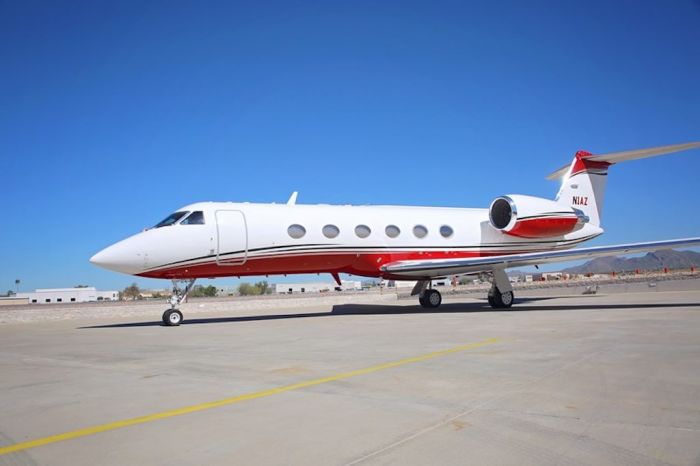
Also, and of equal relevance, are the variable standards for sourcing aircraft and pilots. Private Jet Card Comparisons explains the number of flight hours each provider requires for the Captain and First Officer, including the number of hours they must have flown in the type of aircraft the Jet Card buyer wishes to use. Other comparison variables include the minimum age for sending unaccompanied minors, extra fees for one-way flights, discounts for roundtrips, extra charges for taxi time, daily minimum charges, what type of catering available, accessibility of WiFi, how much extra to bring pets, and if the provider will guarantee availability of aircraft when the potential customer calls. Some do not.
Private Jet Card Comparisons also tracks other dimensions of interest, all important to those who have the private jet card option: from what the service areas of each program and whether you have choice of FBOs, to if the toilets are enclosed. The website also explains if there are fuel surcharges, and other simple though relevant questions: what happens to money once it is sent to a provider? Is the deposit refundable? Can the customer rollover any unused money or hours? Who owns the Jet company? Do they have their own aircraft or do they charter from other operators?
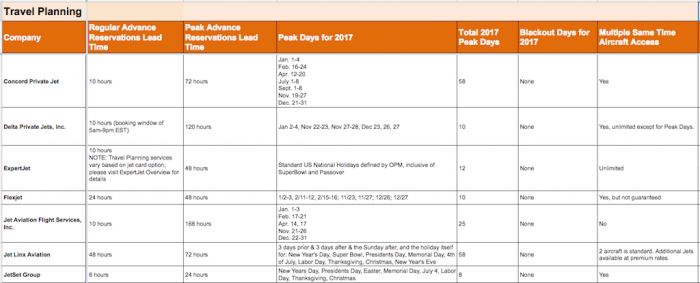
The site has had over 20,000 visitors since it launched a few months ago. Mr. Gollan says about half are private aviation users and more than a third are actively looking for a jet card. He says users vary from the high net and ultra high net worths to their assistants, CFOs and financial analysts who have been asked to provide a comprehensive overview of relevant options, as well as those who are just kicking the tires.
In terms of growth potential, he is optimistic. "Consumers buying jet cards and prepaid private charter programs are spending $50,000 to more than $500,000 making it a significant investment, especially when one considers a 25-hour jet card only covers about two roundtrip flights between New York and Los Angeles. Private Jet Card Comparisons fills a huge gap in the market between winging it and hiring a consultant."











